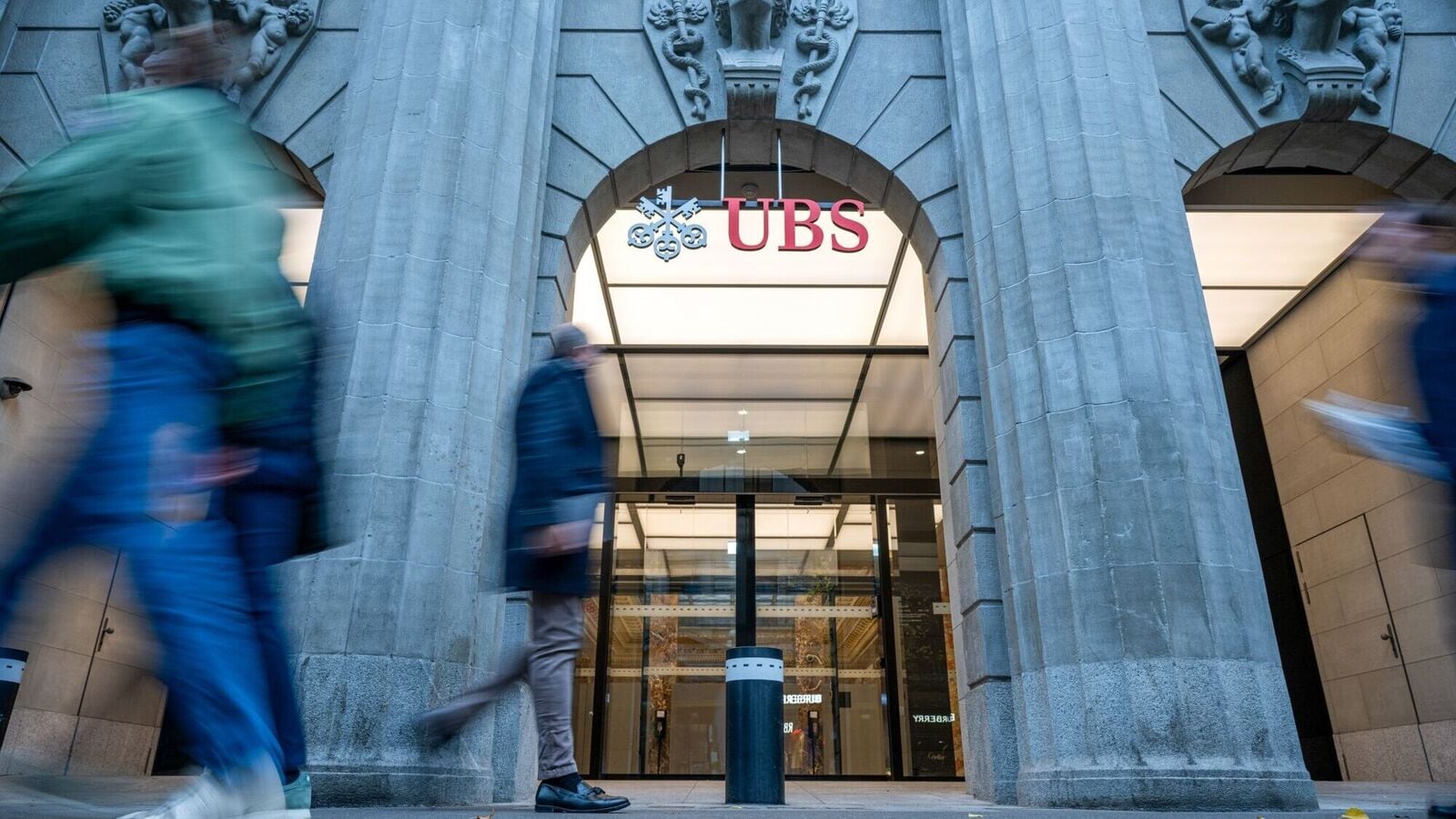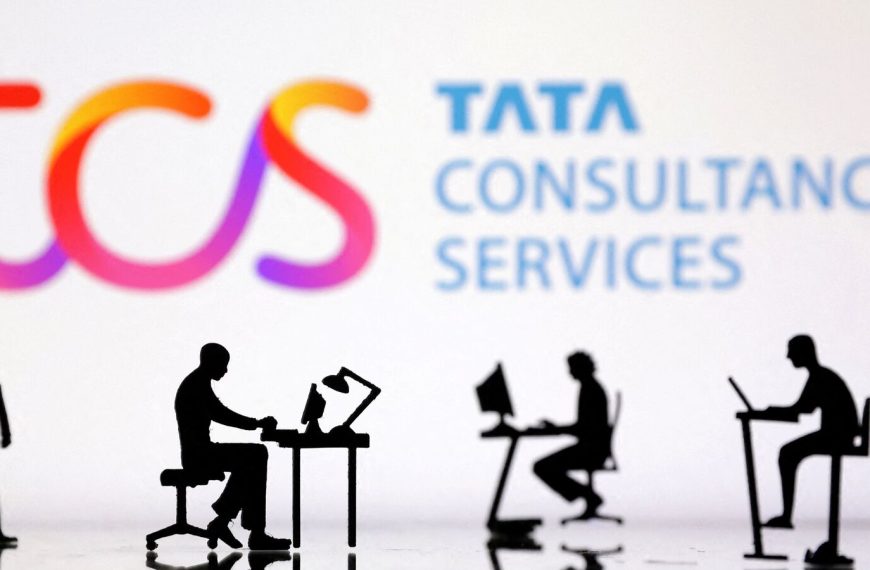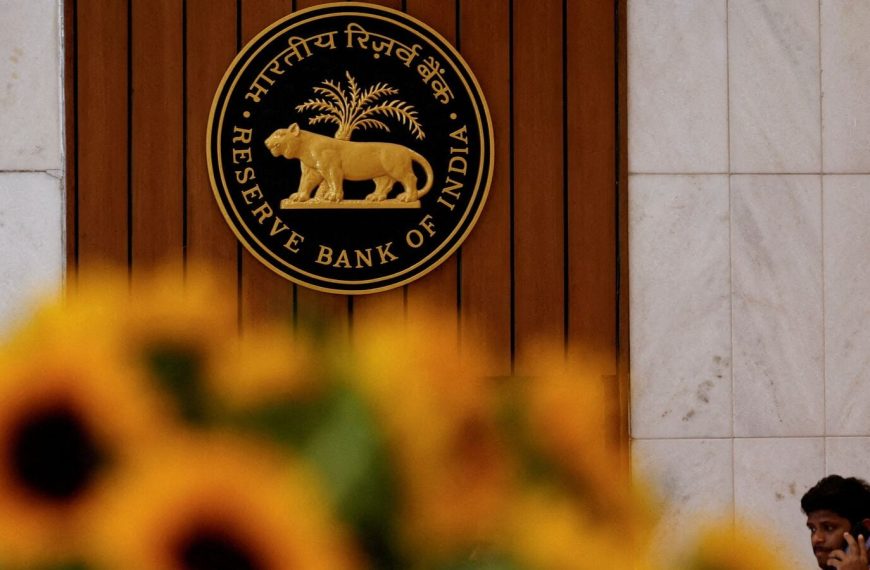UBS Global Wealth Management has revised its forecast for the S&P 500, lowering its 2025 target to 6,400, a significant drop from the previous 6,600. This adjustment aligns with similar moves from other major Wall Street players like Goldman Sachs and Barclays, influenced by the ongoing economic effects of U.S. trade tariffs. Despite this cautious stance, UBS maintains an optimistic outlook on U.S. equities overall.
Impact of Tariffs on U.S. Markets
The introduction of tariffs by the U.S. government, including a recent 25% levy on auto imports, has created uncertainty in global financial markets. The S&P 500 index has declined by over 4% this year, entering correction territory back in March. UBS strategists expressed concern about the potential for increased volatility in the U.S. equity markets due to ongoing policy uncertainties, stating:
"The policy uncertainty shock is likely to result in further weakness in economic and corporate profit indicators in the coming weeks."
Earnings and Growth Projections
In addition to the index target adjustment, UBS has also revised its 2025 earnings per share (EPS) estimate for the S&P 500, decreasing it from $270 to $265. Despite the current challenges, UBS believes that factors like policy clarity, sustained economic growth, and advancements in artificial intelligence (AI) could lead to a rebound in U.S. equities by year-end.
- UBS’s new index target represents a 12% increase from the last closing figure of 5,693.31.
- The firm views the information technology sector as particularly promising, emphasizing investments in AI.
Goldman Sachs Joins the Trend
Earlier this month, Goldman Sachs also adjusted its year-end S&P 500 target, reducing it from 6,500 to 6,200. The firm cited the escalating trade war and its impact on economic growth as key reasons for this downgrade. Goldman Sachs is adopting a more cautious approach to both U.S. credit and equity markets, especially in light of the trade tensions.
- The firm’s team, led by strategist David Kostin, acknowledged a less optimistic outlook for the so-called Magnificent Seven stocks.
- Additionally, Goldman Sachs has increased its forecasts for U.S. credit spreads, now expecting high-yield debt spreads to reach 440 basis points in the third quarter, up from a previous estimate of 295 basis points.
Looking Ahead
As investors navigate this complex landscape, the adjustments by UBS and Goldman Sachs highlight the broader concerns about tariffs and their implications for the U.S. economy. With both firms emphasizing the need for clarity and growth, the coming months will be crucial for market stability and investor confidence.
- Keep an eye on how these strategies unfold and their potential impact on your investment portfolio.
- For more insights on current market trends, visit our Investment Strategies page and explore expert analyses.
Conclusion
The landscape for U.S. equities is shifting, with major firms like UBS and Goldman Sachs taking a more conservative approach in light of trade uncertainties. While challenges persist, opportunities may arise, especially within sectors like technology, driven by innovation and strategic investments.











